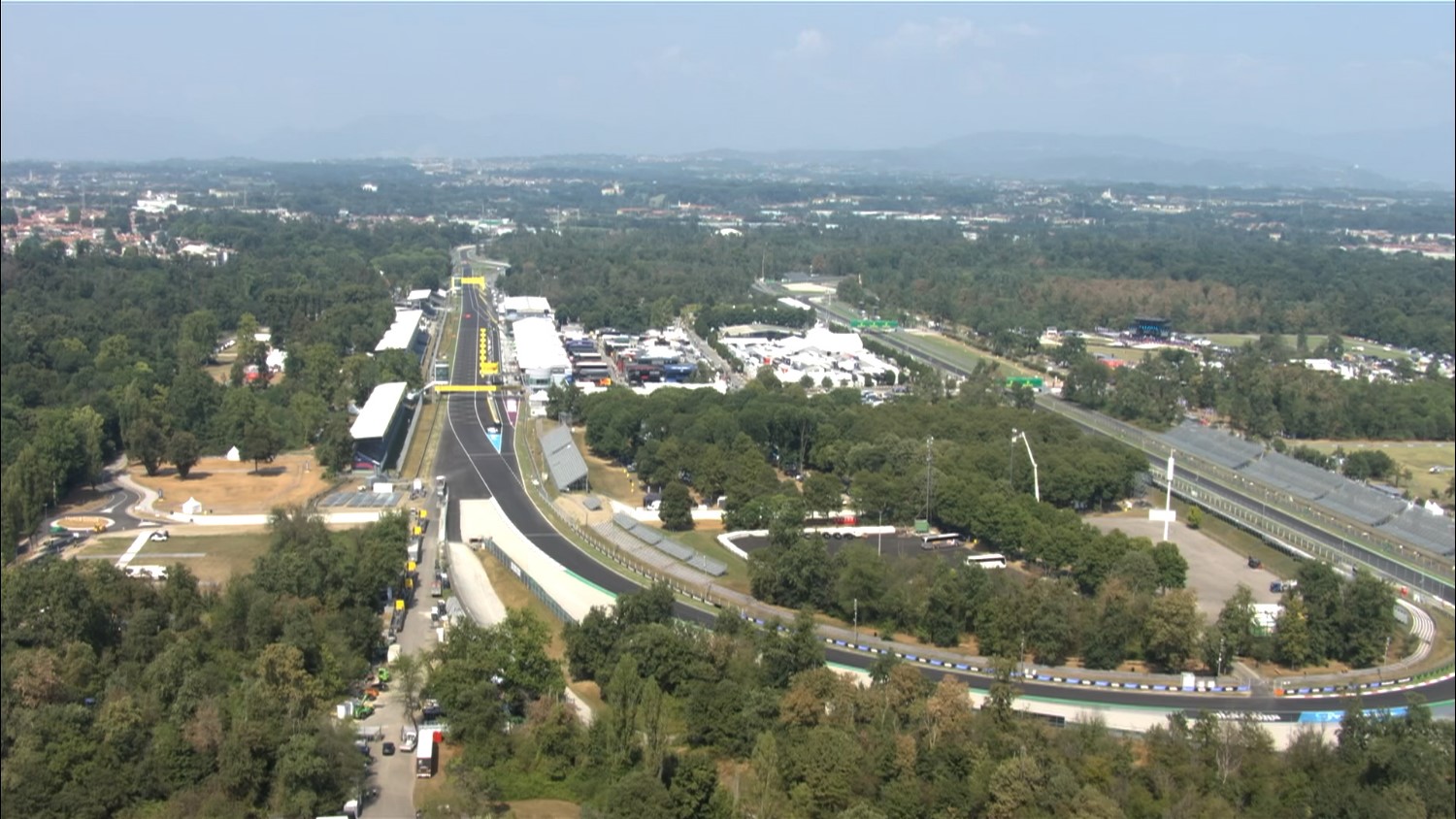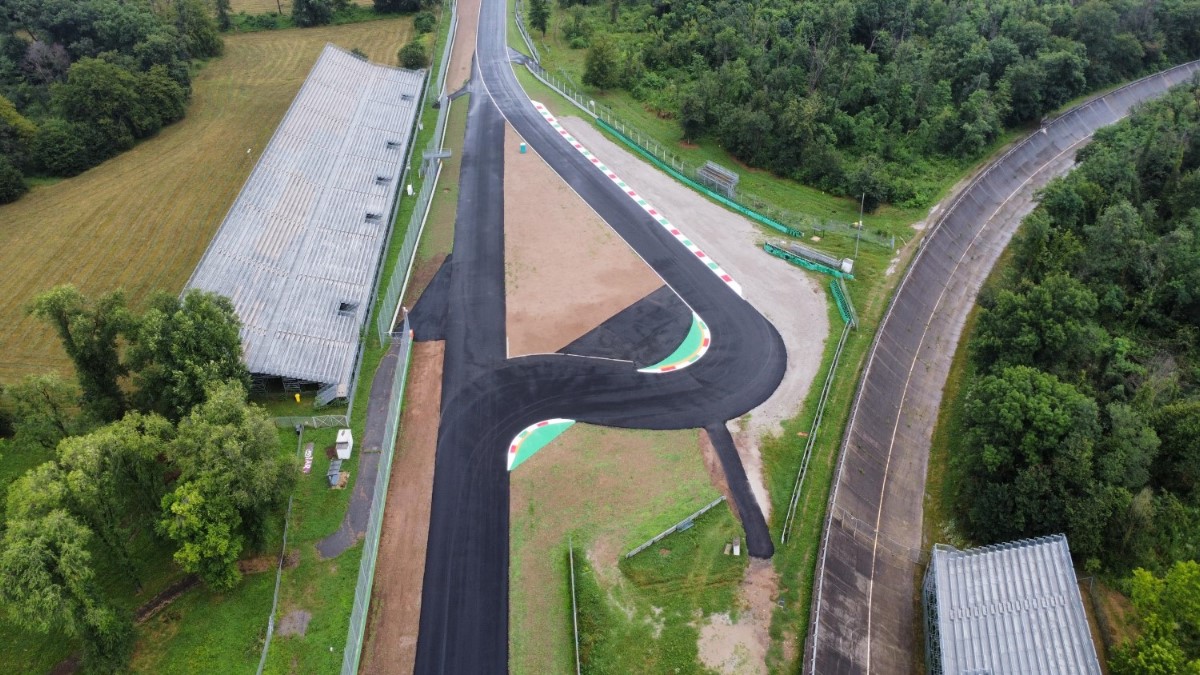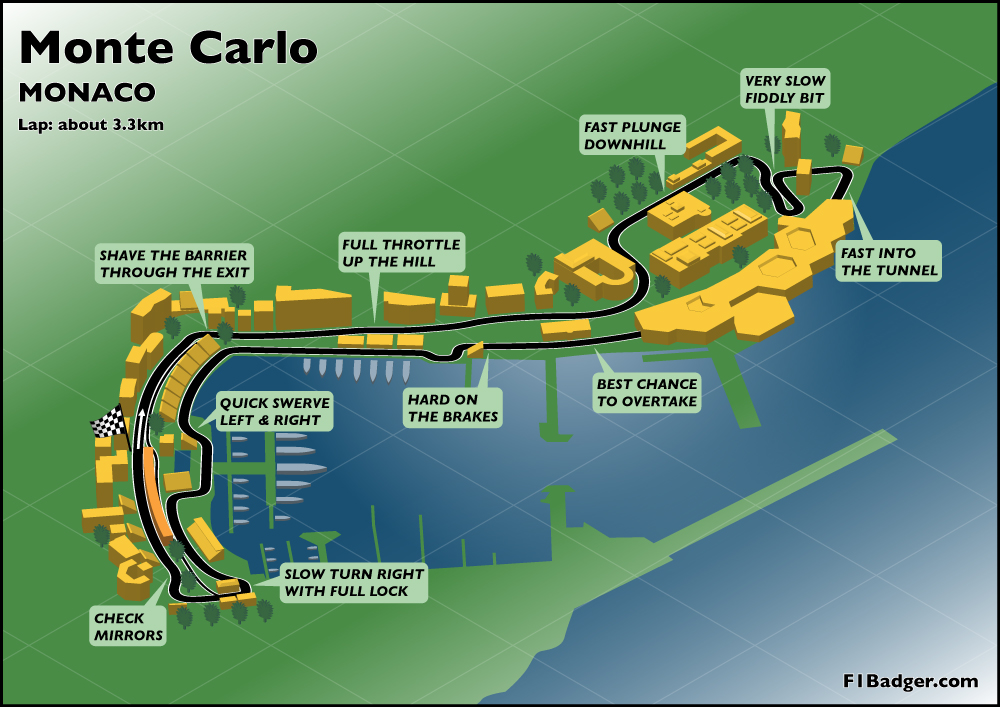How F1 Circuit Design and Luck Affects Race Outcomes
Many factors make motorsports exciting, but one of the most crucial is the circuit design of the track. The way a race flows can be influenced by the design and features of a track, which influences the chances of drivers and teams winning.
Using two well-known venues—Monaco and Monza—this article examines how circuit design affects race results.
Later on, we will also discuss a few factors affecting motorsport betting odds and the reasons luck cannot be disregarded.
Monaco: The Tight Street Circuit
One of the most famous races, the Monaco Grand Prix, runs on a narrow street circuit with tight bends and barriers. Given little opportunity for error, it calls for accuracy and concentration. For the best grip, the slow corners and short straights require high downforce configurations.
Overtaking is quite challenging; thus, a good qualification and a clean race are absolutely vital. Teams give aerodynamic grip priority over top speed; the track tests driver skill and concentration more than raw power.
Monza: The Fast Power Track
Monza, sometimes referred to as the “Temple of Speed,” has long straights and quick turns, where cars might reach 370 km/h. The track calls for low downforce configurations to cut drag and increase straight-line speed. Monza favors strong engines and aerodynamic efficiency, even if braking zones and chicanes make things a little more challenging.
Drivers concentrate on keeping momentum going through quick turns and passing on the straights using slipstreams. Its broad layout and fast speeds create race dynamics quite unlike Monaco.

How Circuit Design Affects Race Results
Monaco’s and Monza’s variations highlight how circuit design influences which teams and drivers have the advantage. At Monaco, cars with more downforce and drivers with great technical skills usually perform better. At Monza, aerodynamic efficiency and engine power take greater relevance.

Teams maximize their car configurations for every track using cutting-edge tools, including computational fluid dynamics (CFD) simulations. They examine past performance and adjust tires, aerodynamics, and strategies accordingly. Surface texture, altitude, and weather also play a role. For instance, rain can create an even more difficult and erratic street circuit like Monaco.
Elements Affecting racing Betting Odds
Bookmakers consider circuit design since it significantly affects race results when determining motorsport betting odds. Whether high downforce street circuits or fast power tracks, they take team or driver performance on particular kinds of tracks into account. The odds also change with the weather forecasts and track conditions. For example, on a street circuit, rain increases the likelihood of collisions or unexpected outcomes.
Other crucial considerations are driver skills on particular circuits and constructors’ strength. Some drivers shine on technical tracks, while others excel on fast circuits. This clarifies why odds vary from race to race and helps bettors make wiser wagers.
Luck still shapes race results even with talent and preparation. For example, Mike Hailwood’s ability to win despite mechanical issues or less-than-ideal equipment shows both his skill and how sometimes luck in handling those challenges played a part. Such events highlight how unpredictable motorsports are.
Takeaways
From Monaco’s narrow streets to Monza’s quick straights, circuit design shapes race strategies, car setups, and results. By stressing likely outcomes, these elements also affect motorsport betting odds.
